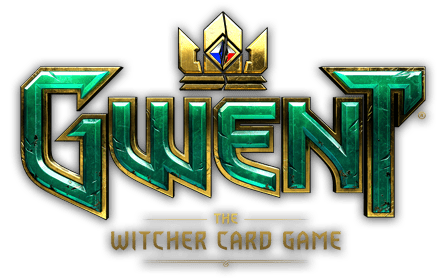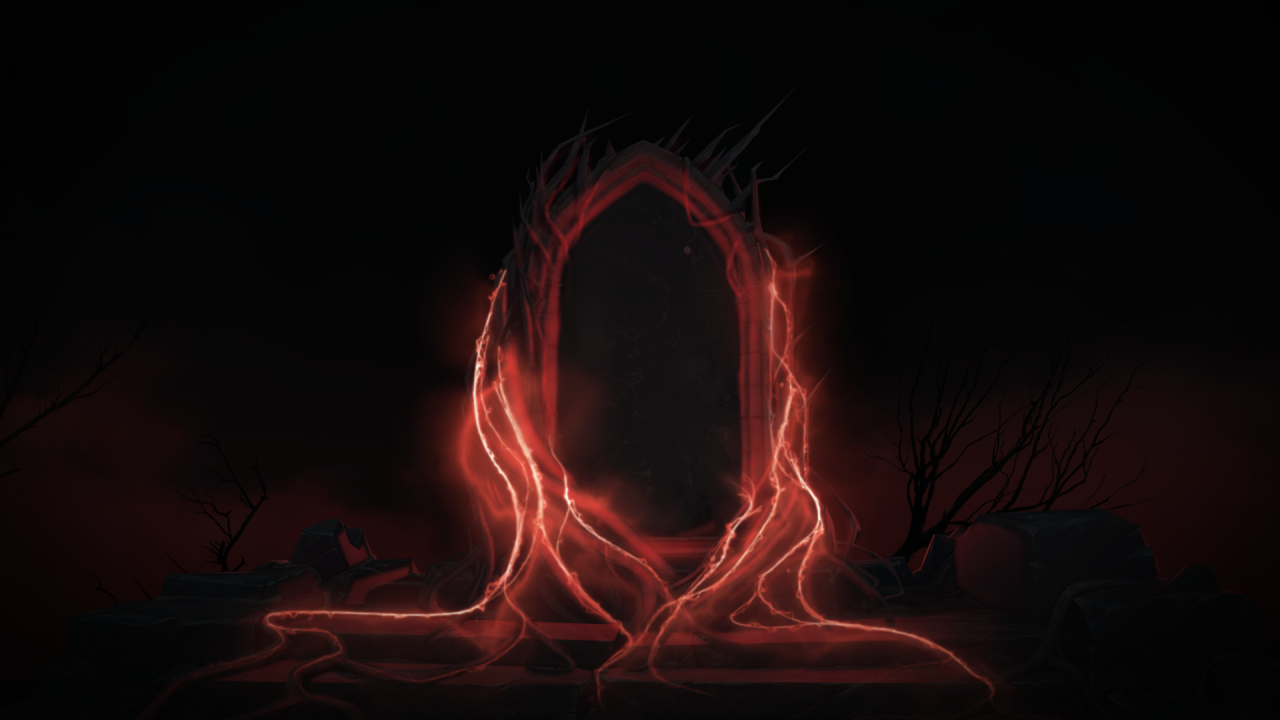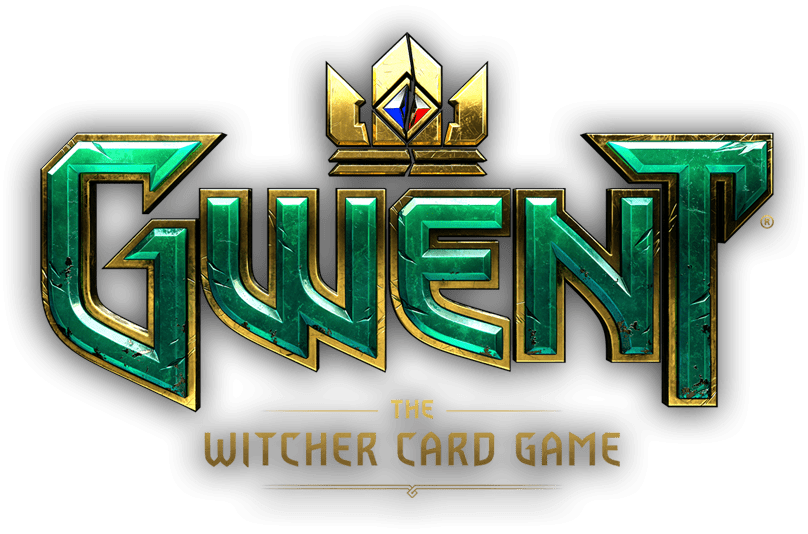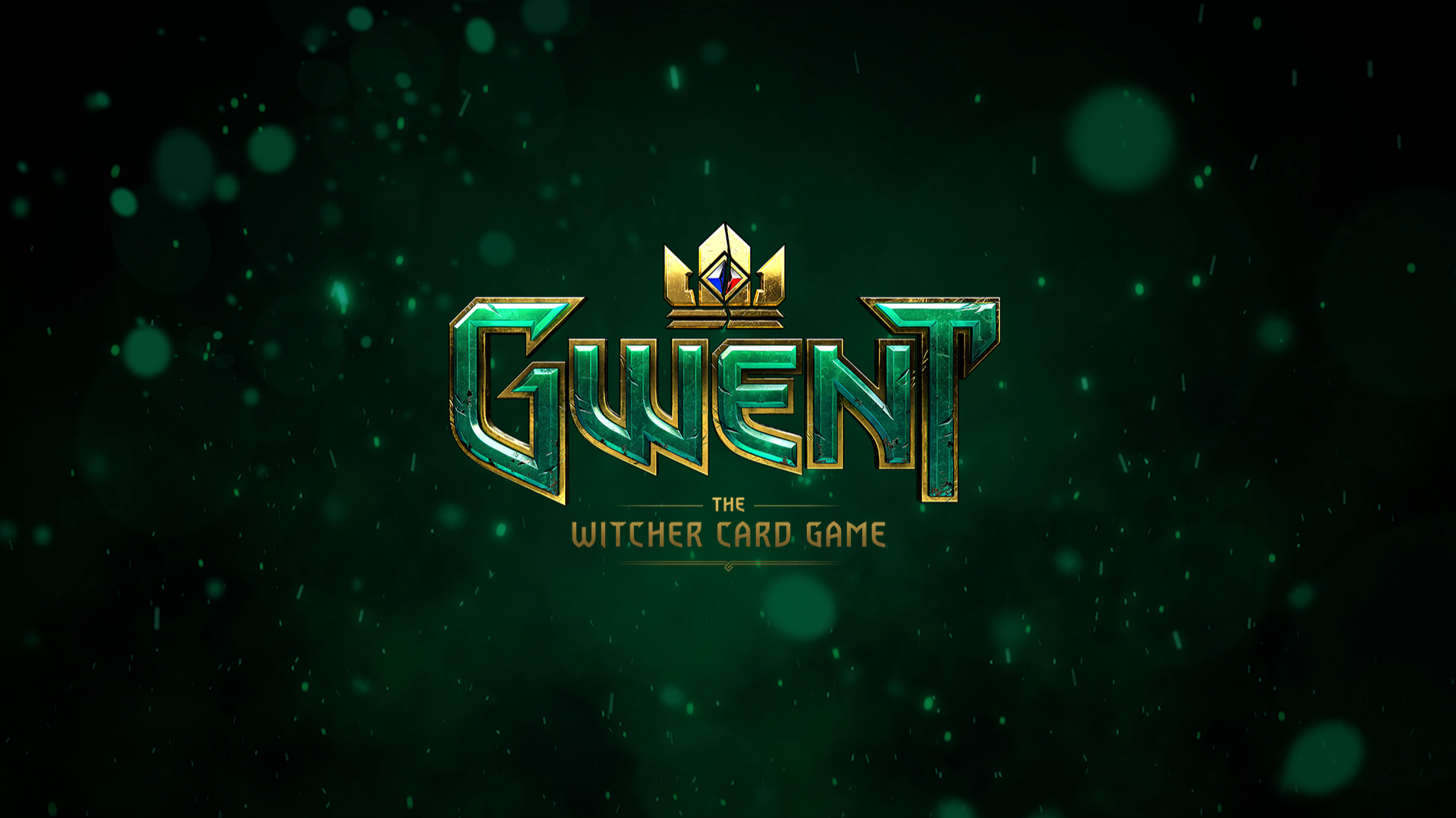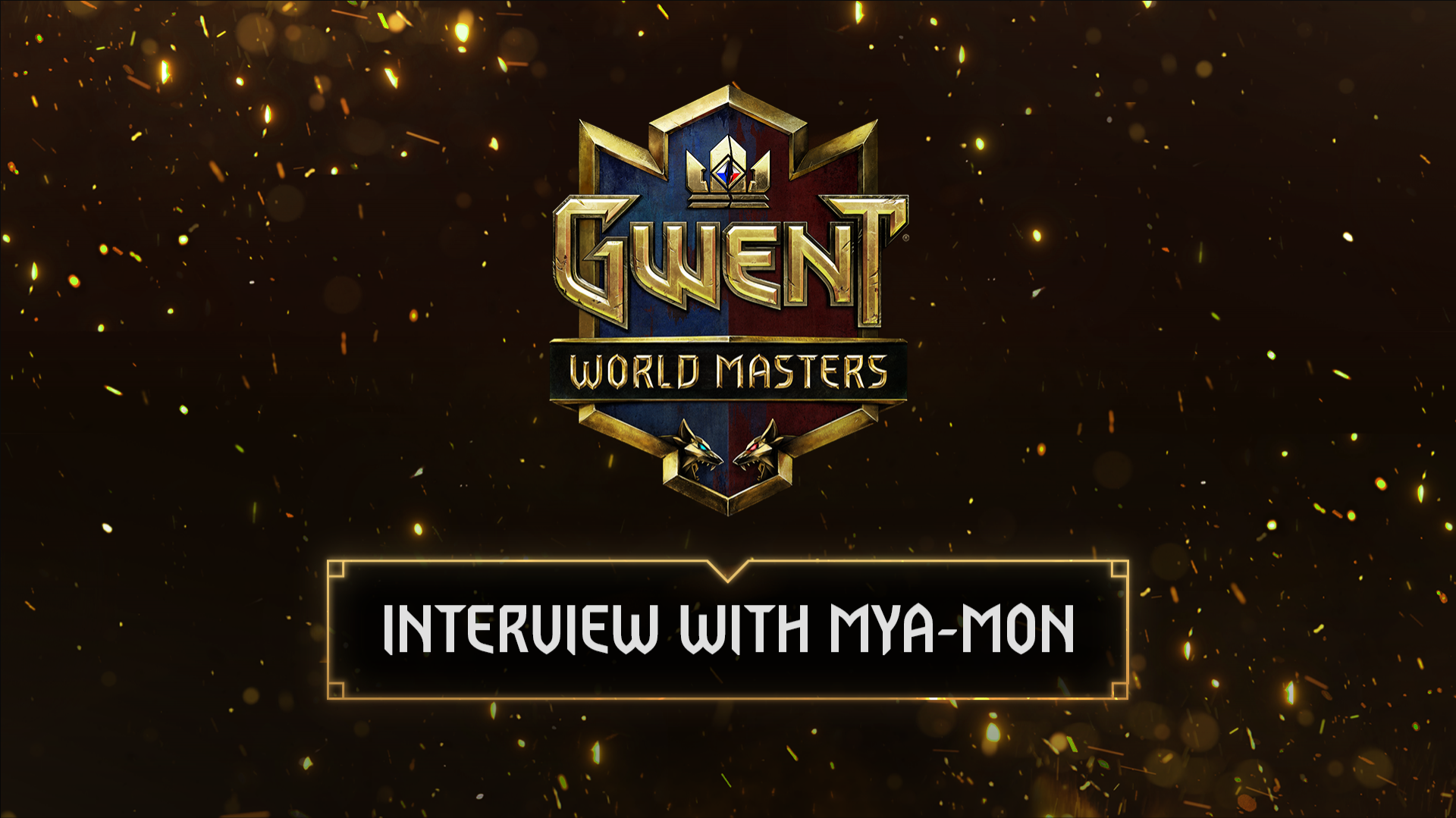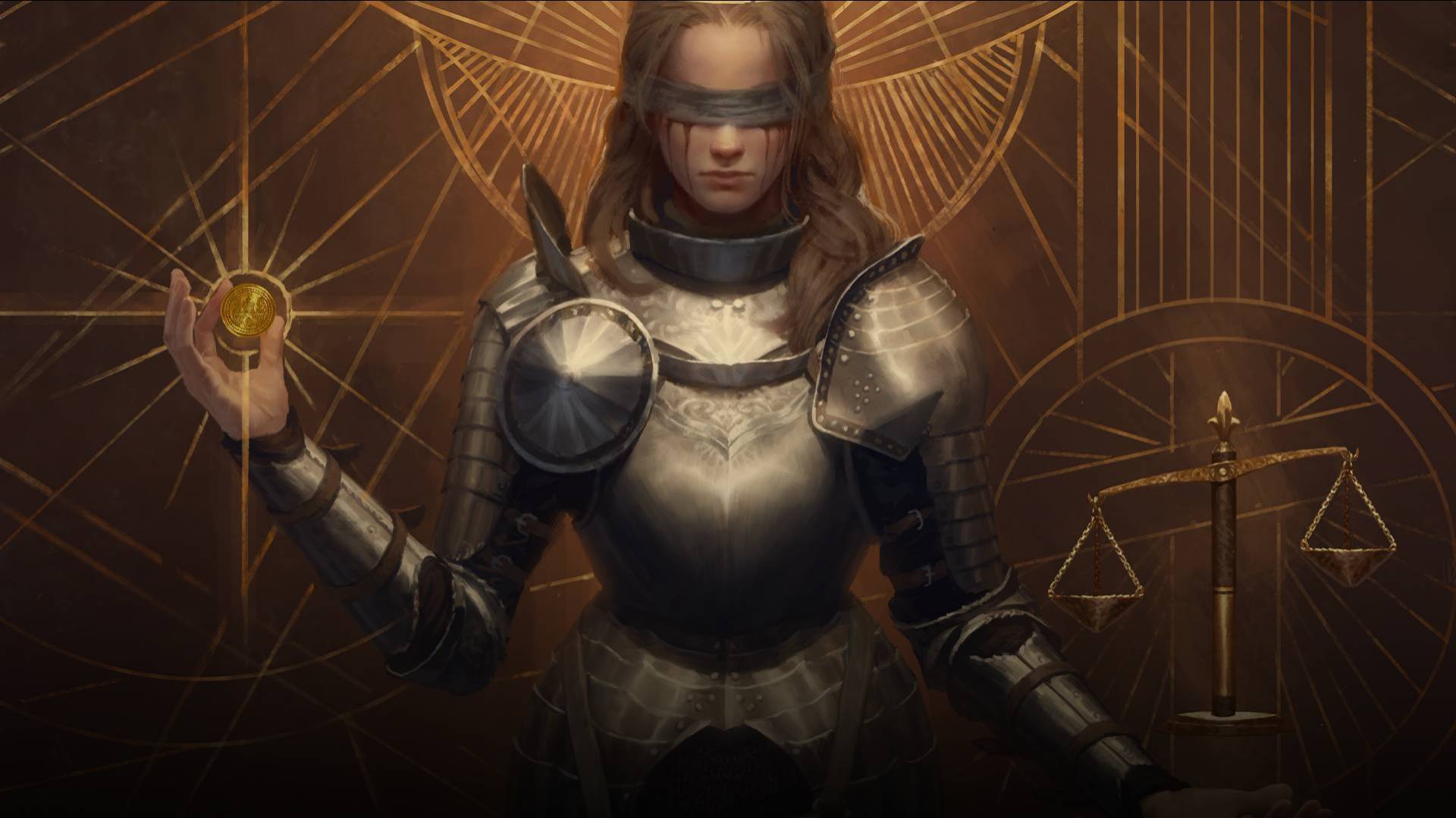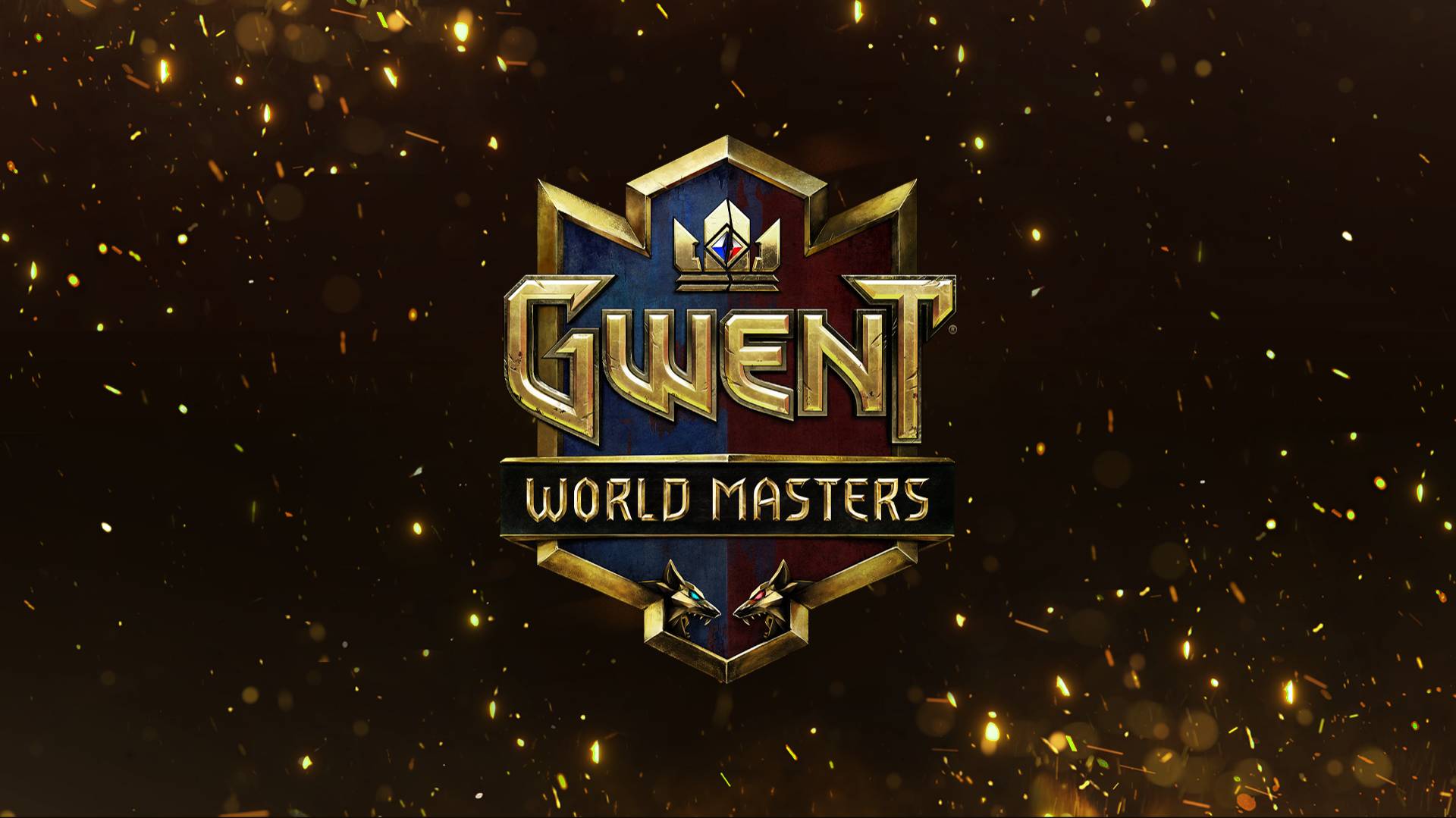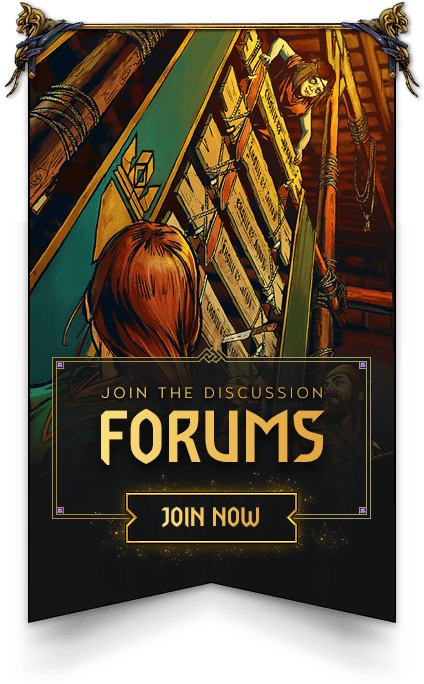As we wrote in our previous announcement, Arena will soon be transforming itself into Draft. Based on your feedback from the initial announcement we’ve decided to keep Arena going until the beta of the new Draft mode launches. The article below has been prepared by Jason Slama - Game Director - to highlight the process as well as the pros and cons of Arena and Draft modes.
When looking at our Arena mode, there were several issues we identified:
While this sounds like a simple fix, it would have been tricky with our current UI, and since we knew we wanted to remake the mode entirely, we’ve been waiting for this moment to correct the oversight. For Draft mode, we are remaking the UI to fit our current standards of quality, and this will definitely be something the new interface will support.
In our Arena mode, following industry trends, we introduced a ticketing system in order to participate with rewards based on your performance to potentially offset entry cost. This dynamic caused us to disconnect Arena from regular progression systems until somewhat recently. We believe this system creates an unnecessary barrier to players who would otherwise prefer this way of playing instead of constructed formats.
With that in mind, entry costs to our new Draft mode will not exist. As a consequence, we will not initially have the matching reward system based on your performance. While the latter may be seen as a positive or negative depending on your preference, we hope you can respect why we chose to head in this direction and that this is an unavoidable outcome.
We feel like Ranked / Pro Rank formats are the place for competitive GWENT to shine, and having that element be the core focus of a secondary mode is a wasted opportunity. We felt that -- for newer players in particular -- the extra punishment for losing a match created a stronger feeling of matchmaking anxiety, and this additional pressure isn’t what we wanted from the mode.
This is why -- coupled with our decision to remove entry costs and performance rewards -- we are looking for a new way to handle the flow of Draft mode matches after drafting.
We will share more information at another time regarding ideas and plans for this format.
Before we dive into the main things we didn’t like about the original Arena’s draft mode, we want to highlight that we designed Arena with a pre-homecoming mindset where provisions did not exist. It has also not seen any significant change to its drafting knowledge since its inception, and we believe it has aged poorly, failing to adapt to the current card designs in GWENT.
Let’s begin by highlighting what we did like about this mode:
----------- What we liked -----------
1 - Lack of faction restrictions: Permitting cross-faction decks allowed interactions between cards not currently possible in standard constructed format, and we liked the possibilities this offered.
This will not change.
2 - No deck building rules: Similar to the first point, the potential of having more copies than allowed in standard modes gave more versatility to Arena decks, opening up an array of new, exciting possibilities.
This will also not change.
3 - Collecting Premiums affecting Arena: Getting a premium in your regular collection would result in the card being premium when generating packages in the Arena. We thought this was a nice way to make people focused on Draft to actually have SOME incentive to progress in this regard.
This will also not change.
----------- What we did not like -----------
Now let us dive into what we did not like as much in the existing draft.
1 - It's quite time-consuming: While for some the time required to draft a deck was doubtlessly a non-issue, for many of us, the time commitment for just creating a deck was a bit more daunting than we wanted.
This required the player to make a series of 26 choices (25 cards + 1 Leader ability pick), and we will be bringing it down to 11 choices -- more than halving this process while also adding a step to draft your deck's Stratagem.
2 - Too many cards require synergy to be effective: Many cards -- like John Natalis, for example -- were usually the wrong choice to make early in a draft since, unless you were presented with at least one decent Warfare card, he would be a dud.
With our new Draft system, the odds used to determine which cards you are offered is affected by the choices you’ve already made during the draft
3 - Drafted decks varied in power drastically: While variance in deck power from drafting a deck is to be expected, the scale at which this would occur in the current draft was staggeringly high, too often dependent on luck rather than skill.
While we don’t seek to eliminate the gaps of power level from decks, we want to bring the floor up, significantly decreasing the chances of getting a totally garbage deck with little to no synergy built in. We do aim, however, to find ways to make random luck still a factor to keep things feeling fresh, and this will ultimately always lead to some drafts having better options presented to the player than others. We also are playing with ways to add skill into the drafting process, with earlier decisions having more of a tangible impact on later ones.
4 - Many Leader Abilities are not draft friendly: For construction, we had to limit many Leader Abilities to only target their faction cards. As a player with a deck that includes numerous factions, these Leader Abilities would often turn out to be a terrible choice.
In order to solve this divide between constructed and draft mode deck building, all Leader Abilities offered to players will be unique to Draft. We reserve the right to adapt or use Leader Abilities from construction if we feel they fit draft mode well.
5 - Some cards don’t belong in Draft: Cards with deck builder restrictions that players are unlikely to fulfil will no longer be offered since they can too easily end up being dead weight. Shupe’s Day Off is an example of a card that will not be part of the draft process -- though fear not, Shupe fans, as he will come via a draft mode-specific leader ability that does not suffer from deck building restrictions.
----------- 3-card packages -----------
With this in mind, let’s dive deeper into the specifics of how drafting works in the mode named after this process.
The most crucial change to cover first is that players will now draft 3 cards at a time instead of 1. They will be presented with 3 packages that each contain 3 cards to choose from. This achieves 3 important goals.
Firstly, it allows us to greatly reduce the amount of choices a player must make, thus making drafting a deck substantially faster.
Secondly, it allows us to offer cards that synergize together, reducing the odds of getting a deck filled with essentially dead cards (there is hope for old John Natalis).
Thirdly, it allows us to offer cards with a theme/label that helps newer players learn concepts and categories in GWENT. For example, users may be presented with a package of 3 Wild Hunt Riders labelled as a Thinning package, thereby introducing them to that concept in deck construction.
These card packages are manually configured and do not include all cards possible in the regular collection-based multiplayer. This -- other than being time-consuming, at least initially -- allows us great control over how the drafting process works and lets us potentially rotate in/out content whenever we want.
----------- Controlling how packages are presented -----------
Our draft system is built upon a concept of weighted randomness. This means that when the algorithm is choosing what to offer you, not everything is given the same consideration. Let’s say it has to pick between two packages. Package A has a weight of 3 and Package B has a weight of 1. This means you are 3 times more likely to be shown Package A over Package B.
In addition to this, the weights themselves are dynamic and open to change as you draft your deck. In practice, this means that the choices you make earlier in the draft will significantly affect the odds surrounding what you are offered later into the draft. For example, if you choose a Nilfgaardian leader ability, the odds of you being offered a Tactics-based Special package will increase significantly.
It will be a struggle to balance somewhere between a tailored choice-based draft and not being too constricted by always showing obvious options.
We have an additional tool at our disposal to help with this process in the form of enabling/disabling package configurations entirely. For example, unless you pick something that goes well with Firesworn, such as the Congregate leader ability, this package simply won’t be shown to you.
----------- Balancing packages-----------
Packages are configured on a 3 slot basis (top, middle and bottom), where which cards are possible in each slot can vary. Sometimes we create packages where all 3 slots are the same card (triple Wild Hunt Riders, for example). Most package configurations follow a model of a gold card in the top slot and a bronze card in the other 2 slots. Sometimes we add some low provision gold cards as possibilities in the middle slot.
Since most packages follow the gold + 2 bronze model, this ensures that in the vast majority of cases, the number of gold and bronze cards in a deck will remain fairly stable. While there are some super powerful packages in the draft, such as the triple Knickers thinning package, their odds are purposefully made low enough that players should only see 2-3 such packages in their entire draft.
In addition, we have the power of disabling such packages so they cannot be offered to you more than once. Choosing a triple Knickers package, for example, disables its own config AND that of the triple Roach package.
----------- Categories -----------
All card packages are grouped into one of 8 categories. The way the draft algorithm works is that it will first choose 3 categories and THEN randomly generate a package of that category. This aspect is far more important than the categories being fully coherent. If we do not distribute the card packages into different categories, your chances of being offered 3 relevant choices in the draft become zero. That is why sometimes packages are placed according to how they best affect the odds of the draft.
An important thing to note is that the choice of which categories will be shown to the player is ALSO controlled via dynamic weighted randomness. This means some categories can have a significantly lower chance of being seen than others. Some categories are even configured in a deteriorating way, meaning every time you choose a package of its category, the odds of being offered that category again could be significantly reduced.
Let’s take a look at the currently planned categories and which packages will fit into them. Mechanical: These packages are built around a primary mechanic that doesn’t fit into other categories.
Some examples:
Harmony, Coins, Move, Order, Create, Deathwish, Disloyal.
Tribal: These packages are built upon cards that share a certain category. Most of these packages are disabled by default and turned on when something indicates it fits the deck you are building.
Some examples:
Dryads, Wild Hunt, Ships and Pirates, Elves, Druids, Blindeyes, Soldiers, Aristocrats.
Offence: These packages are built upon aggression towards your opponent, usually in the form of dealing damage.
Some examples:
Bleeding, Lock, Bounty, Poison, Damage.
Wombo Combos: These packages tend to be more hand crafted and are just super high value and mostly self-contained. This is the rarest category and players shouldn’t expect to be able to draft a deck entirely from these.
Some examples:
Triple Kambi, 3 random Geralts, Crones, Dulla and the Runewright.
Defence: These packages are all about keeping your units alive. NOTE that at this point in time, the system disallows players from drafting more than 1 unit with defender status, though this is subject to potential change.
Some examples:
Sukrus, Shield, Armor, Boost, Defender
Value: These packages are all about generating points.
Some examples:
Prebuff (deck + hand buff), high power, swarm, firesworn, hoard.
Special: These packages focus on special cards and are divided into various relevant categories. Special tutors are included here.
Some examples:
Nature, Organic, Alchemy, Raid, Crimes, Tactics, Warfare, Other.
Thinning: These packages are about summoning cards from your deck and are mostly very handcrafted. Blue Stripes Commando, for example, has a chance to give you Vernon Roche: Merciless as a first card and potentially a Blue Stripes Commando in the combo as well.
Some examples:
Knickers best boy, Foglets, Impera Brigade, Blue Stripes, Shield Maidens.
As of writing this, there are 79 packages players will see name wise, and 8 categories to be pulled from. Most of these sub packages can generate countless combinations of cards within themselves. We also plan to add or remove more sub-packages over time as this configuration grows. What this essentially means is that both what you are offered in drafts and the decks you end up creating will vary greatly.
Please remember that these are all subject to change.
Also, with some (rare) exceptions, each card slot can only pick from up to 8 cards in the configuration.
----------- Core Cards and Leader Abilities -----------
While we eventually want to add custom Leader Abilities to Draft mode, we want to wait to see how the draft mode configuration evolves over the duration of the open beta before trying to add more. That being said, we feel confident that each faction has at least 4 Leader Abilities that fit the draft mode reasonably well.
Once in the draft, the player is shown 3 gold cards to choose from, and we call these Core Cards. Core Cards are not available in any of the packages that will be subsequently shown, and thus this is the only way to get them.
Easy examples of Core Cards are evolving cards or scenarios. That being said, they are not limited to legendary cards, and while they may NOT seem all created equal, they each represent something important. Each Core Card will signify a significant shifting of the weights and available packages for the rest of the draft in such a way that the odds of having strong synergy with this card in your final deck becomes quite likely.
Both Leader Abilities and Core Cards will draft with their faction acting like a category in card packages. That means that players will never be shown 2 Leader Abilities or 2 Core Cards from the same faction during the draft. This will hopefully ensure that drafted deck variety remains diverse.
----------- Full Draft Flow -----------
Let’s get the final order out of the way:
Leader Ability -> Core Card -> 3 card packages x 8 -> Stratagem.
In order to maximize the impact both Core Cards and Leader Abilities have on the draft, they are the first thing you choose as a player.
----------- Closing Remarks -----------
There is still so much we want to do with Draft mode. We’d love to add in some form of progression system, perhaps in the form of MMR, so that there are additional incentives to perform well in the mode. We are also considering ways of modifying your deck as you progress, most probably after having played a match with it.
We are also considering adding restrictions to drafting in the form of cooldowns to prevent players from just quickly redrafting all the time in order to maximize the odds of getting the best combo. It is our hope that the urge to do this in order to enjoy Draft mode is significantly lower simply because terrible decks that are so bad you don’t even want to bother trying becomes a thing of the past.
We plan to continue to tackle the drafting logic to keep it feeling fun and hope this creates a new way to enjoy GWENT for new and existing players.
